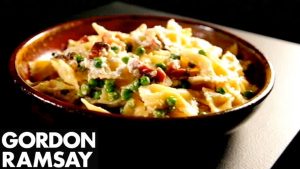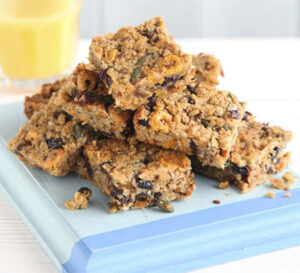Nestle has set a goal to source only eggs from cage-free hens for all its food products globally by 2025. Their purpose is to enhance quality of life and contribute to a healthier future this includes ensuring decent welfare standards for animals that are reared for the ingredients used in Nestle products. To help drive welfare improvements for egg-laying hens, goal is to use only cage-free eggs for all of Nestle’s food products globally by 2025. This includes all shell eggs and egg products (e.g. whole egg powder and liquid, egg white powder and liquid) directly sourced as ingredients by Nestle. In Europe and the U.S., Nestle will make the transition by the end of 2020. For the rest of the Americas, the Middle East, Africa and Oceania we will do so by 2025 and in Asia we will aim for the same transition period as conditions allow
In some parts of the world, such as in Europe, over 40% of eggs used by Nestle are already from cage-free sources. In other regions, it is very more challenging to make this change. However Nestle is committed to bringing about positive change through working with partners. Switching to cage-free supplies worldwide requires time and investment. But will manage this in a sustainable and cost effective way during the implementation period, ensuring consumers continue to access affordable high quality foods throughout. Nestle quoted “We are look forward to work with our suppliers, farmers, civil society and customers to drive progress.”

Portuguese grill chicken | Lazzat | Masala TV | Samina Jalil
This dish tastes tastier than it looks! It is a







































